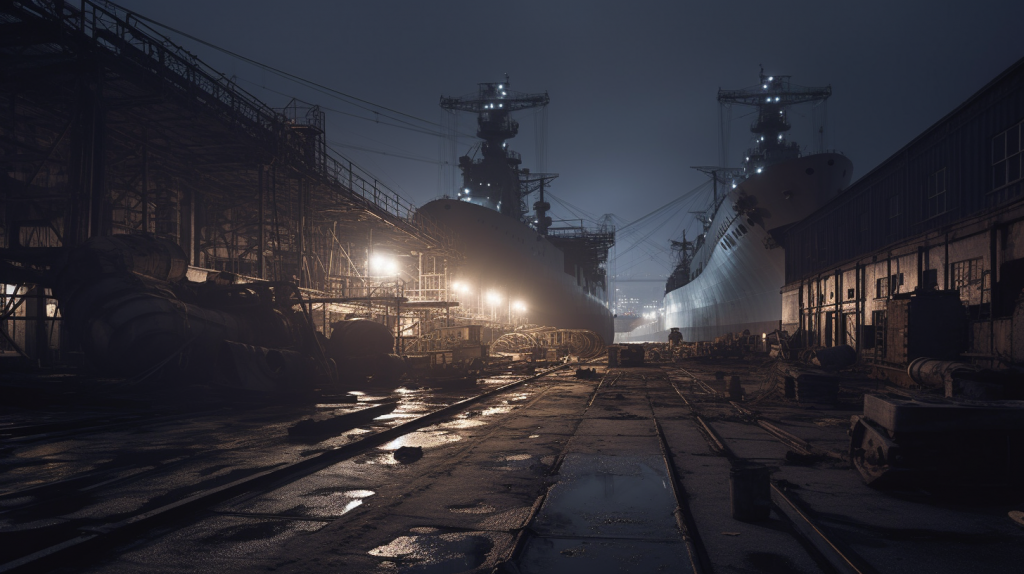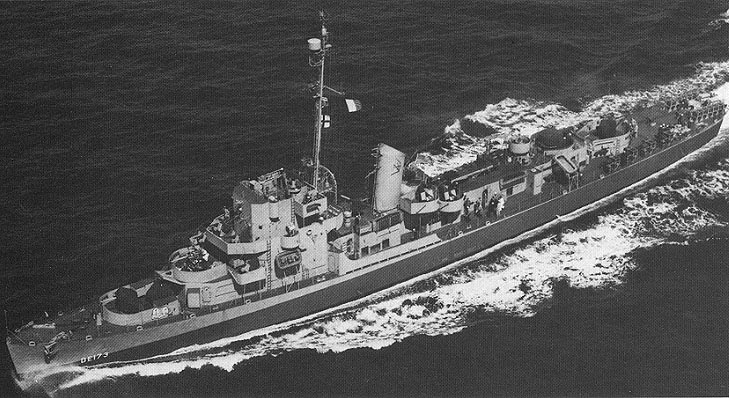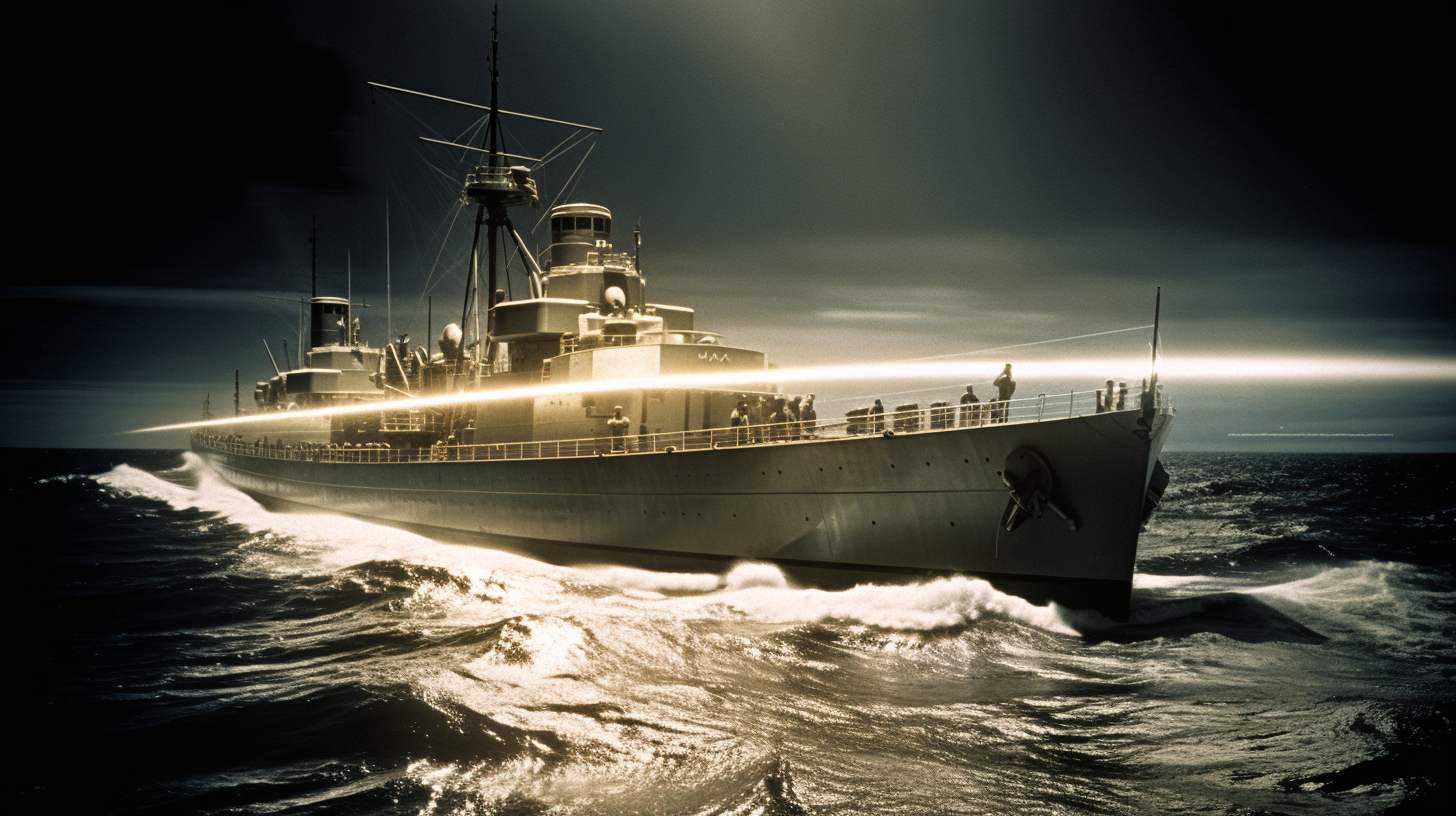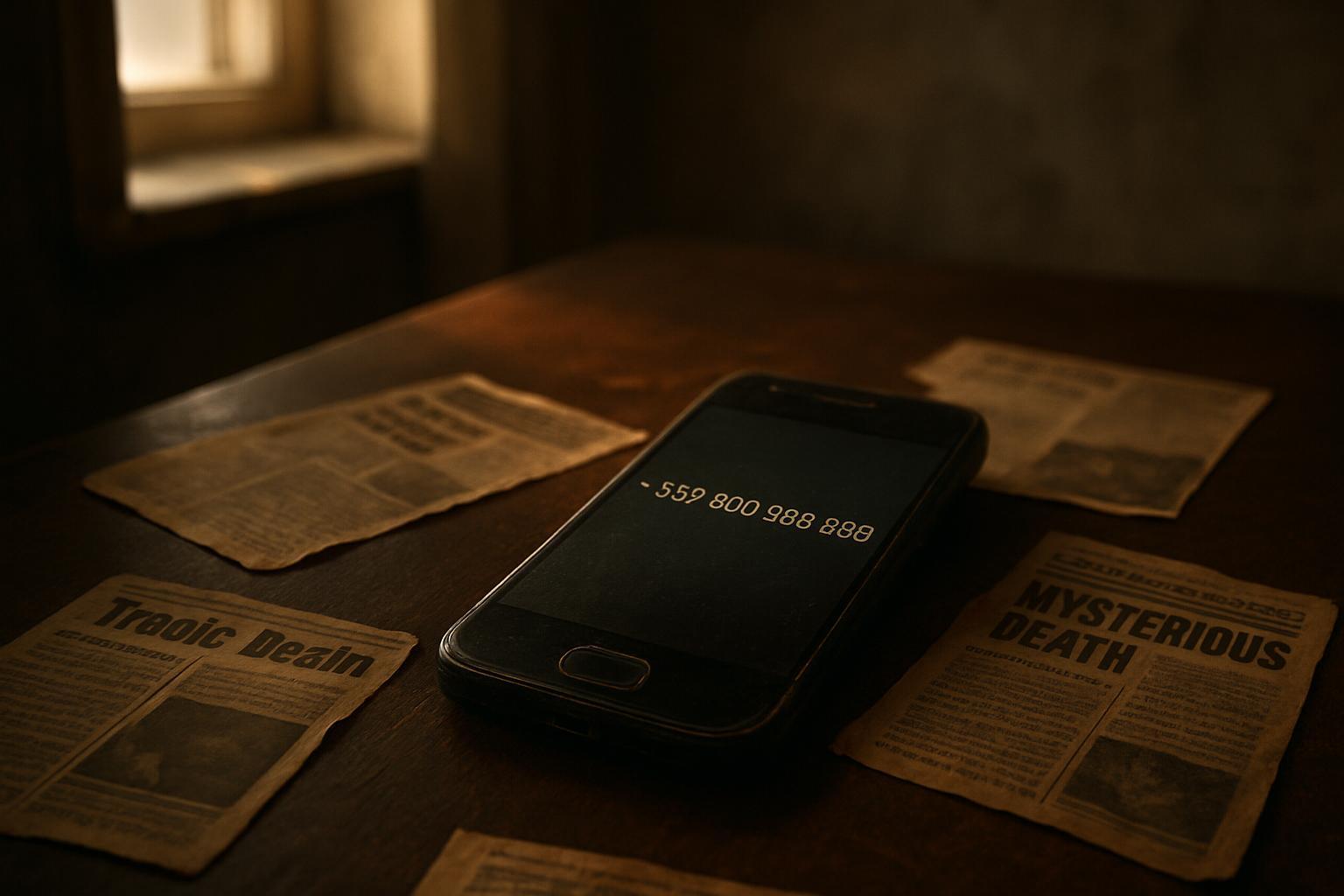The Philadelphia Experiment is a purported military experiment that allegedly took place at the Philadelphia Naval Shipyard in Pennsylvania, USA, around October 28, 1943. The US Navy destroyer escort USS Eldridge (DE-173) was said to have been rendered invisible to human observers for a brief period, with some accounts suggesting it was teleported to New York, then to another dimension, and back to Philadelphia, resulting in severe side effects for the crew.
While the incident is widely regarded as a hoax, it has captured the public imagination and has been the subject of numerous books, movies, and conspiracy theories. This article will explore the origins of the Philadelphia Experiment story, the details of the supposed experiment, the explanations given by skeptics, and its impact on popular culture.
Origins of the Story
The story of the Philadelphia Experiment originates from two main sources: a series of letters and related notes written by a man named Carlos Miguel Allende, and a book by Berlitz and Moore that popularized the story.

Carlos Miguel Allende, whose real name was Carl Meredith Allen, sent a series of letters to a researcher named Morris K. Jessup in the 1950s. Jessup was the author of a book called “The Case for the UFO,” which discussed various theories about how UFOs might achieve propulsion. Allende claimed to have witnessed the experiment in Philadelphia from another ship and provided a detailed, albeit strange and convoluted, account of what he claimed had occurred.
Allende’s claims caught the attention of authors Charles Berlitz and William L. Moore, who included the story in their book “The Philadelphia Experiment: Project Invisibility,” published in 1979. The book presented Allende’s account as largely factual and embellished it with details from other sources, including unnamed “researchers” and informants.
The Supposed Experiment
According to the story presented by Allende and later by Berlitz and Moore, the USS Eldridge was equipped with several pieces of experimental equipment in the summer of 1943. The goal was to render the ship invisible to radar, a feat that would have been of immense value in the ongoing World War II.
The equipment supposedly included two large generators that were synchronized to produce a rotating electromagnetic field around the ship, as well as other pieces of machinery related to quantum physics and unified field theory—a theoretical framework that aims to reconcile quantum mechanics and general relativity, which was not yet fully developed at the time and is still not complete today.

The experiment reportedly took place on October 28, 1943. When activated, the electromagnetic field allegedly caused the ship and its crew to become nearly invisible, and the ship was teleported from Philadelphia to New York and back again, all within minutes.
However, the experiment supposedly had disastrous side effects. Crew members reportedly suffered from a range of ailments, including nausea, mental trauma, invisibility, and phase-shifting, where they would fade in and out of sight or even fuse with the ship’s structure.
Skepticism and Controversy
Despite the intriguing nature of the story, there is considerable skepticism about the Philadelphia Experiment. Critics point out numerous inconsistencies, implausible events, and lack of corroborating evidence.
Firstly, the science described in the accounts does not align with accepted principles of physics. The concept of a “unified field theory” capable of bending light around an object to render it invisible was purely speculative in the 1940s and remains so today.
Additionally, there are discrepancies between different accounts of the alleged experiment. Allende’s letters contain various contradictions, and his descriptions of the technology involved are vague and often incoherent. His claims of having advanced knowledge of secret experimental physics and being present to witness the event have also been questioned.
Moreover, the USS Eldridge, the ship said to be involved in the experiment, was not commissioned until August 1943 and remained in port in New York until September. The ship’s log shows no evidence of it being in Philadelphia in October 1943. Many of the crew members have also unequivocally denied any involvement in such an experiment.

Historians and skeptics suggest that the Philadelphia Experiment is likely a combination of misunderstood or misreported military experiments and outright fabrication. The US Navy was indeed conducting research into degaussing techniques, which are intended to render a ship undetectable to magnetic mines, around the time of World War II. However, these techniques have no connection to invisibility or teleportation.
The Philadelphia Experiment in Popular Culture
Despite the lack of credible evidence supporting the Philadelphia Experiment, the story has had a significant impact on popular culture and continues to inspire various forms of media.
In 1984, a science fiction film titled “The Philadelphia Experiment” was released, presenting a dramatized version of the story. The film was successful enough to inspire a sequel, “The Philadelphia Experiment II,” released in 1993, as well as a remake in 2012.
The story has also been featured in numerous television series, novels, comic books, and video games, often as a plot device involving government conspiracies, time travel, or advanced technology.
Moreover, the Philadelphia Experiment has been a recurring topic in the field of conspiracy theories, with various claims of government cover-ups, advanced secret technologies, and connections to other alleged military experiments, such as the Montauk Project.
Conclusion: The Legacy of the Philadelphia Experiment
While the Philadelphia Experiment is largely dismissed by scientists and historians, its legacy endures in the realms of science fiction and conspiracy theories. The story serves as a reminder of the enduring appeal of unsolved mysteries and the human propensity for imagination and speculation.
Whether regarded as a fascinating hoax, a misunderstood series of events, or a glimpse into hidden government projects, the Philadelphia Experiment continues to intrigue and captivate audiences worldwide. The debate around the veracity of this event underscores our collective fascination with the unknown and the unprovable, making it an enduring tale in the annals of the strange and unexplained.




